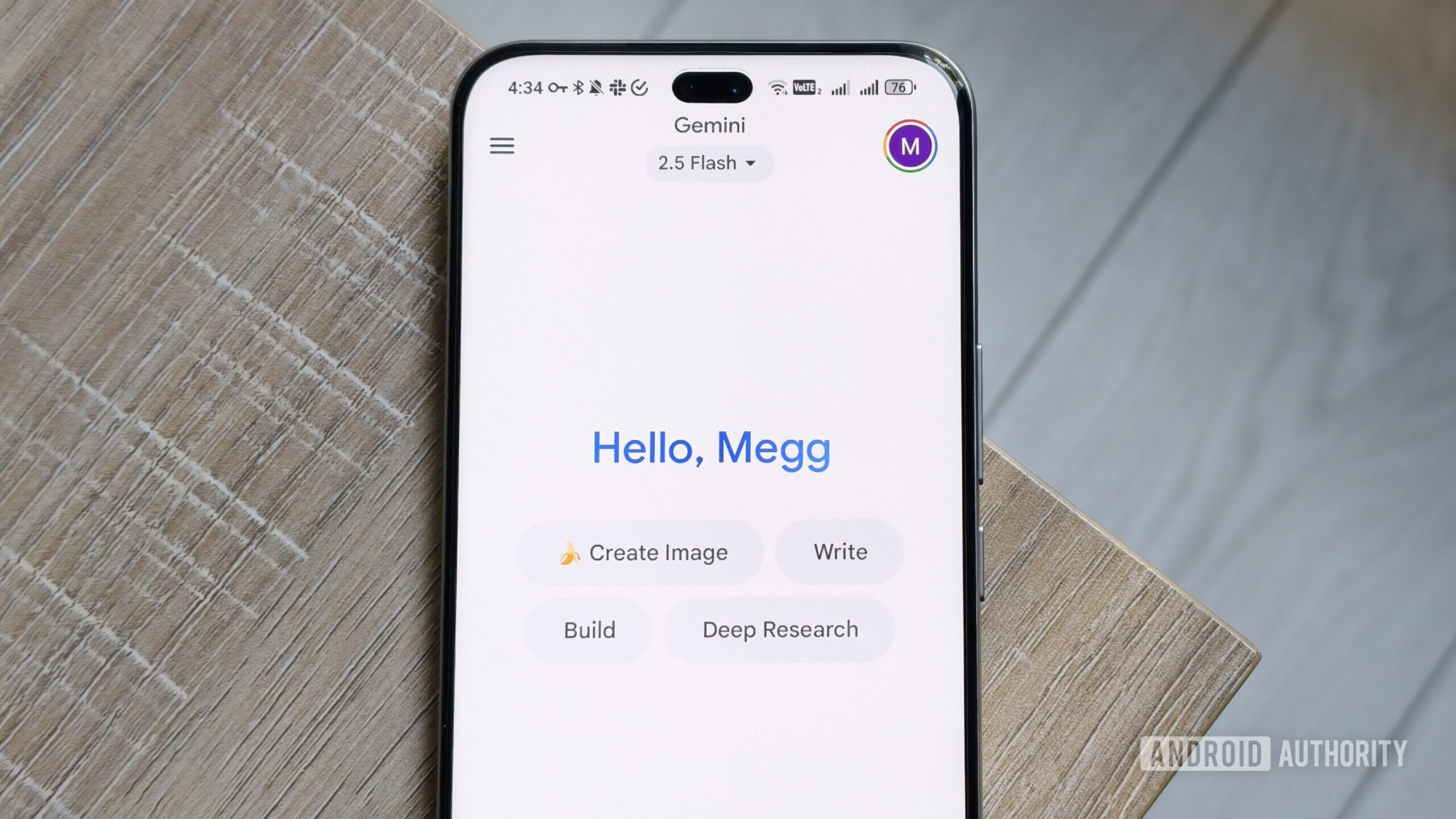Joe Maring / Android Authority
TL;DR
- Starting in 2026, Apple is reportedly planning to separate phone launches across fall and the following spring.
- This two-part annual release schedule could predictably cause a reactionary split in Android flagship launches, with more premium models launching in the fall, and budget and value options launching in the coming spring.
Ever since the iPhone 4S was launched in 2011, Apple has typically introduced its main phone lineup in September or October. Android smartphone manufacturers previously prioritized a flagship launch at events like MWC. However, over the years, it seemed that the entire industry had been inching closer to releasing the best new Android phones closer to Apple’s latest iPhone. This year, it’s the closest Android flagship SoCs have launched next to Apple’s SoC, and consequently, new Android flagships have arrived closer to the iPhone 17 series. Just as Android OEMs were about to settle into this rhythm, Apple seems to be on its way to run at a different pace.
Don’t want to miss the best from Android Authority?


iPhone 18 series could follow a new two-season launch schedule

Aamir Siddiqui / Android Authority
Bloomberg reports that Apple is about to shake up its iPhone launch strategy in a significant way, both by releasing more phones and spreading out the release. Instead of one major launch event in September and a smaller, occasional “iPhone e series” launch in the coming February or March, Apple is about to split its releases more evenly between these two periods from 2026 onwards.
In fall 2026 (presumably in September), Apple is said to unveil the iPhone 18 Pro, iPhone 18 Pro Max, and its first foldable phone, presumably called the iPhone Fold. Curiously missing would be the base iPhone 18 and a potential refresh of the iPhone Air. These missing phones are then expected to be launched alongside the iPhone 18e six months later.
This pattern is expected to continue for years to come, with Apple launching between five and six models annually — the largest number of phones it has launched in a single year in recent times.
Apple’s new schedule will bring steadier revenue throughout the year, rather than concentrating it all right before the holiday season. It would reduce the strain on employees, as well as manufacturing partners and their supply chain, and prevent the phones from cannibalizing each other’s marketing efforts.
How will the new iPhone release schedule potentially affect Android launches?

Ryan Haines / Android Authority
The Bloomberg report mentioned that spreading out launches gives Apple multiple chances each year to counter new releases from competitors like Samsung. What I think will happen is in the opposite direction: We’re about to see a significant split emerge in how Android flagships are launched.
Like it or not, Apple’s new release strategy will set the tone for Android phone launches for the next decade. As mentioned at the beginning, we’ve already seen this trend with Android flagship SoC launches, which are inching towards the iPhone launch, and Android flagships launching weeks (rather than months) after the iPhone launch. I predict that in the coming years, more and more Android OEMs will gravitate towards launching their premium flagships — the Pros and the Ultras — in the runup to the holiday season, just like Apple does.
The same will also pan out for foldables, with everyone “coincidentally” finding their sync around iPhone Fold’s launch.
However, the base flagships, value flagships, mid-rangers, and entry-level phones will now gravitate closer to a February, March, and April launch window, as per my prediction. These are the Android phones that will compete against the base iPhone and the iPhone e, so it makes sense for Android OEMs to put their best foot forward right around Apple’s launch.
This shift will take a few years as the entire product development cycle and the supply chain adjust to the new schedule, so we can expect a gradual transition. Android OEMs will likely make every excuse they can to convince you that the decision isn’t driven by Apple, but it’s common practice now to copy Apple to compete against it in the best way possible.
How will the new iPhone release schedule potentially affect Samsung launches?
For Samsung, I predict that the South Korean company will soon club the Galaxy S Ultra launch with the Galaxy Z Fold launch, shifting it closer to the fall season to better compete against the iPhone Pro and iPhone Fold.
Meanwhile, the base Galaxy S and potentially the Galaxy FE launch could find their sweet spot closer to the base iPhone and iPhone e launch. Models like the Galaxy S Plus, Galaxy S Edge, and even the Galaxy Z Flip could be released in either window, as they fit into both buckets.
How will the new iPhone release schedule potentially affect Google launches?
Google’s launches are already fairly closely aligned to this new Apple launch. The significant change I predict for Google would be the decoupling of the base Pixel launch from its usual October release and giving it space alongside the launch of the Pixel A series in April. The October launch could then solely focus on premium phones, such as the Pixel Pro lineup, including the Pixel Pro Fold.
What’s happening with the iPhone Air?

Aamir Siddiqui / Android Authority
The Bloomberg report also addressed rumors of the iPhone Air’s postponement, stating that it wasn’t actually earmarked for a refresh in 2026, which is why Apple didn’t refer to it as the iPhone 17 Air. Apple’s decision not to add a number to the retail name suggests it’s an independent phone line that isn’t meant to be tied to an annual release schedule alongside the main iPhone lineup. The iPhone Air 2’s main focus is now said to be a move to a 2nm chip, rather than any major structural changes.
The report also suggests that the iPhone Air is more of a technology exercise for Apple on its way to building the iPhone Fold. The iPhone Fold is said to use many of the same materials, miniaturization techniques, internal components, batteries, and software optimizations as the iPhone Air, and the Air prepares Apple’s supply chain for the Fold.
It remains to see how everything pans out. However, one thing is certain: 2026 will be a significantly different year for phone launches.
Thank you for being part of our community. Read our Comment Policy before posting.




